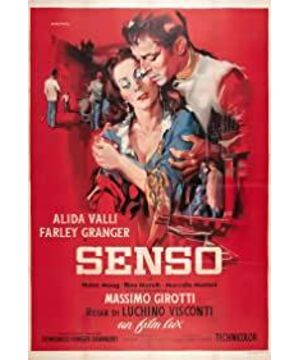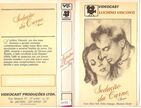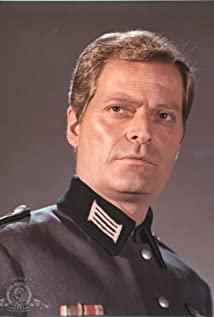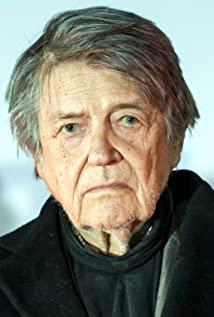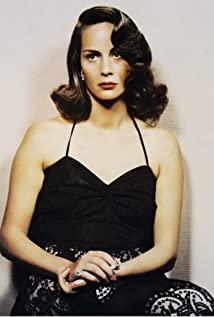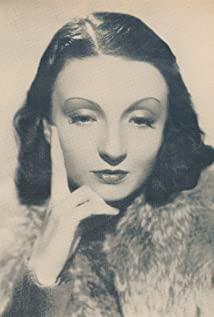The luxury of Italian cinema did not come after the emergence of neorealism. As early as the 1910 film "The Fall of Troy", the pursuit and design of Italian directors' film scenes can be seen. Maybe this movie started the luxury tour of the whole Italian movie, "Where Are You Going", "Cabylia" and so on have similar characteristics. After the Second World War, the rise of Italian neorealism caused Italian cinema to undergo a very thorough aesthetic revolution from form to content. The Italian neorealism was influenced by the realism before the country, the French poetic realism, etc., so its characteristics are also more obvious. It abandoned the bells and whistles of the film structure and form, and used the content to enrich the whole film, the real interpretation, and the local life. The large number of additions truly reflect the reality of society, the activities of characters, the changes in psychology and so on.
As the standard bearer of Neorealism, Lucino Visconti has established his own shooting style since "The Sinking". Perhaps "The Enchantress of the Warring States" is not a classic work by Visconti, but throughout Visconti's entire guiding career, "The Enchantress of the Warring States" has played a linking role. The filming method of Visconti in the 1950s was similar to the narrative style of novels. There were many classic works in this period. The reason why "The Enchantress of the Warring States Period" is special is because of its appearance, which gave Visconti after the 1960s. The films he shot laid the foundational style, such as "The Leopard", "The Cursed Man", "Ludwig", etc. During this period, Visconti's lens was mainly aimed at the aristocracy and high society. With a keen eye, he captures the lingering life and lust in the declining aristocratic world, and shoots many class elegy full of contradictions and sensuality. Visconti's best technique when shooting movies is to use neo-realism as his creative technique, and then describe the characters' characters and psychology through the description of the environment and the background of the times, so as to promote the development of the whole film. .
In the film "The Enchantress of the Warring States Period", the audience can not only see the opera-like gorgeousness, but also the metaphor and timing of Visconti's ingenious workmanship. The beginning of the film is Verdi's opera "The Bard" , tells the story of the love-hate relationship between a gypsy woman and the feudal royal family, which also hints at the plot and the final result of the film. Another hint is aimed at the background of the time of the film. The background of the film is defined as the Austro-Prussian War in 1866, and the opera "The Bard" also has the meaning of praising the revolution, so it has a certain hint here. The background of the film is the Austro-Prussian War, but the emphasis is on the year when Venice regained land sovereignty. However, Visconti's description of the film does not start from the war itself and the joy of victory, but to a This is a pessimistic and helpless vision to show the men and women in the war, and through the description of the erotic entanglement, it reflects the harm and distortion of human nature by the war.
Visconti has a very good grasp of the details of Italian history, class groups, political formations and the ideology of the characters, and has carried out accurate textual research from the costumes, lines, and scenery of the characters, and this film is directed by Visconti. The first color film of the film, however, does not show the childishness of the technique at all, but instead presents a majestic scenery and a romantic and tragic color level. There are many scenes that suggest eroticism in this film. The appearance of these scenes implies the relationship between the hero and heroine and the change of the relationship in the end, the revolutionary flyers flying in the sky, and the night scene of the streets of Venice. Urban evil. The hero and heroine have dinner together in the dormitory, and the sun shines on the two of them through the gauze curtain, creating a romantic and ambiguous atmosphere. When the male protagonist escaped from the battlefield to the female protagonist's castle, the ambiguity and romance seemed like a lifetime away, replaced by dark light and curtains blown by the wind, creating an uneasy and ghostly atmosphere. It also represents a shift in the relationship between the male and female protagonists. The changes in the heroine's clothing and psychology also show an angle that echoes each other, especially the difference in color, which reflects the heroine's psychological activities.
One of the highlights of this film is the depiction of the psychological activities of the male and female protagonists. The female protagonist's psychological activities from enjoying being loved to being abandoned are directly expressed in a series of behaviors. When describing the male protagonist's psychological activities, it is more delicate and realistic, especially the male protagonist's doubts about his identity and his future are exactly the doubts of many young people in war nowadays. Visconti's replacement of the background , showing the post-war Italian young people's views on love, life, and the future. At the end, Visconti uses a big vision to capture the pain of the heroine and the ending of the hero at the end, which means that the disappearance of lust is the same destination.
View more about Senso reviews


